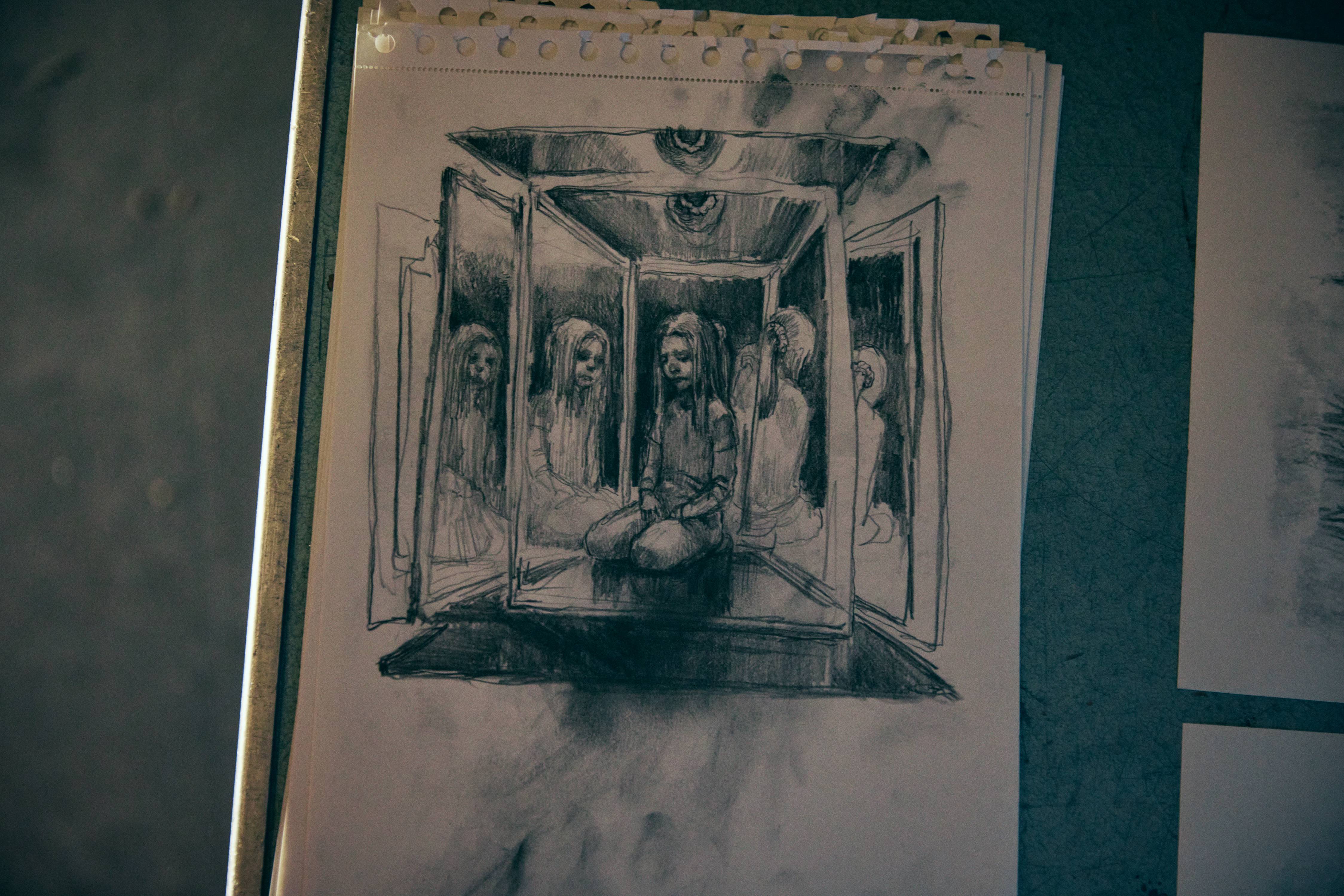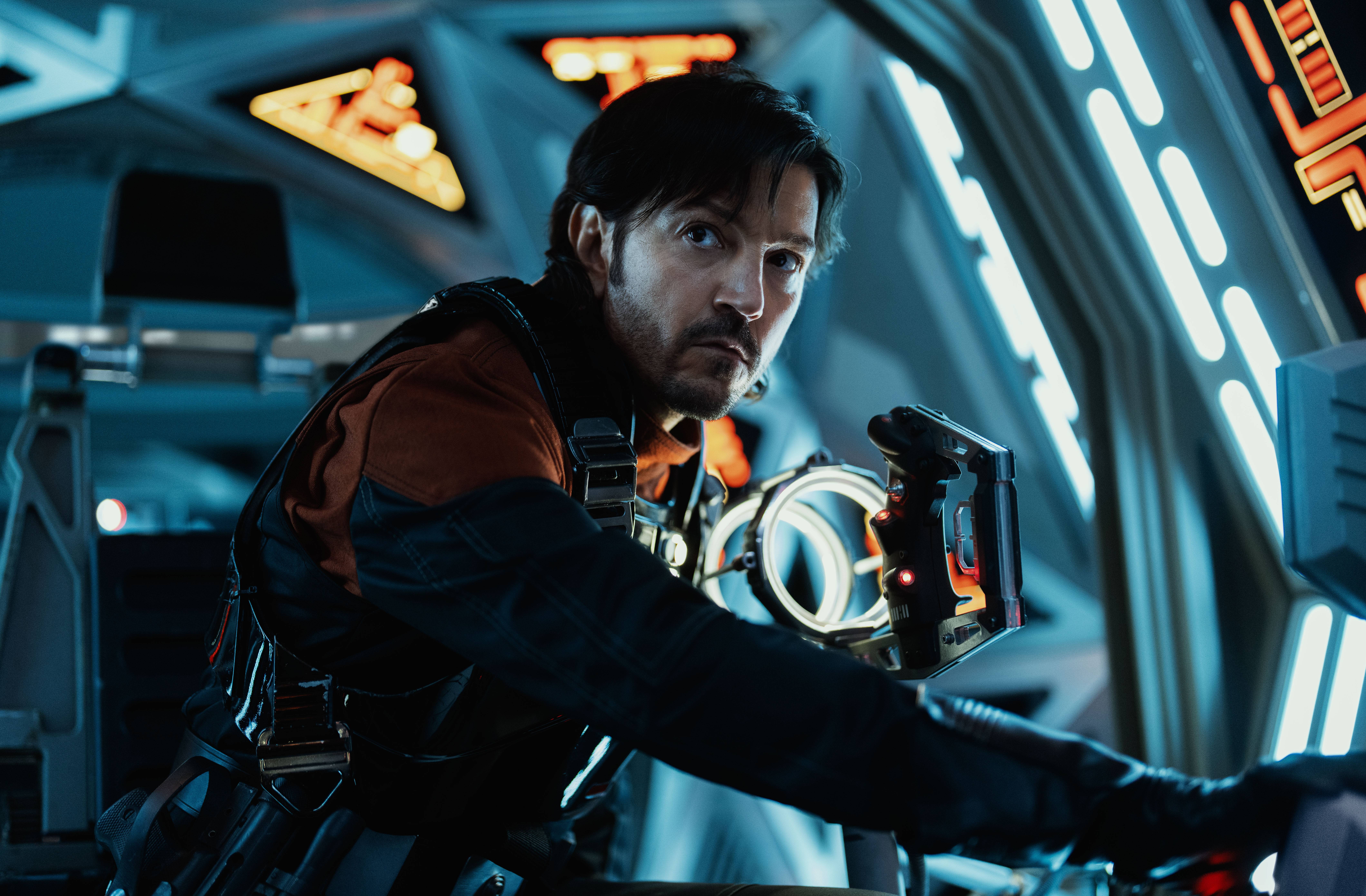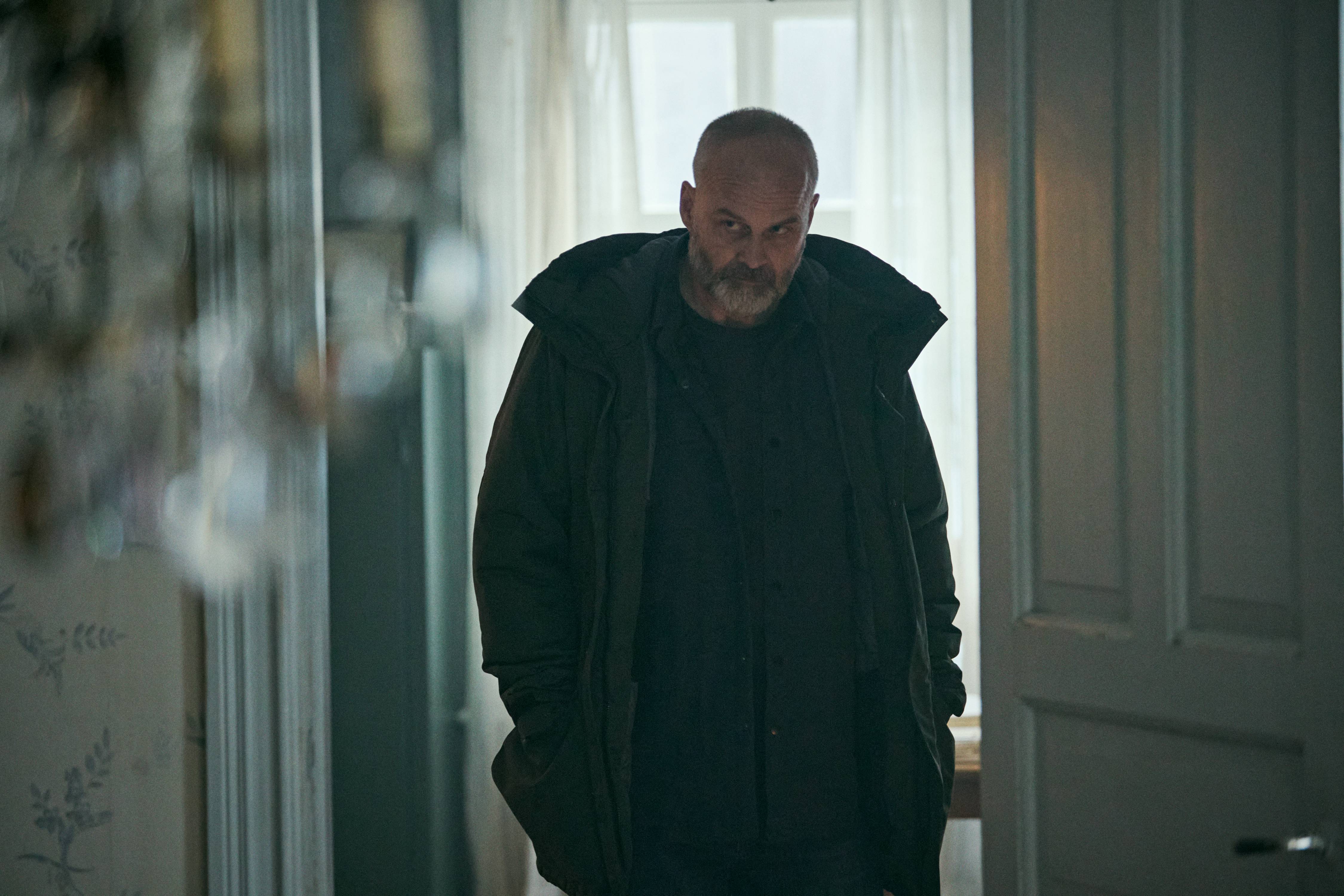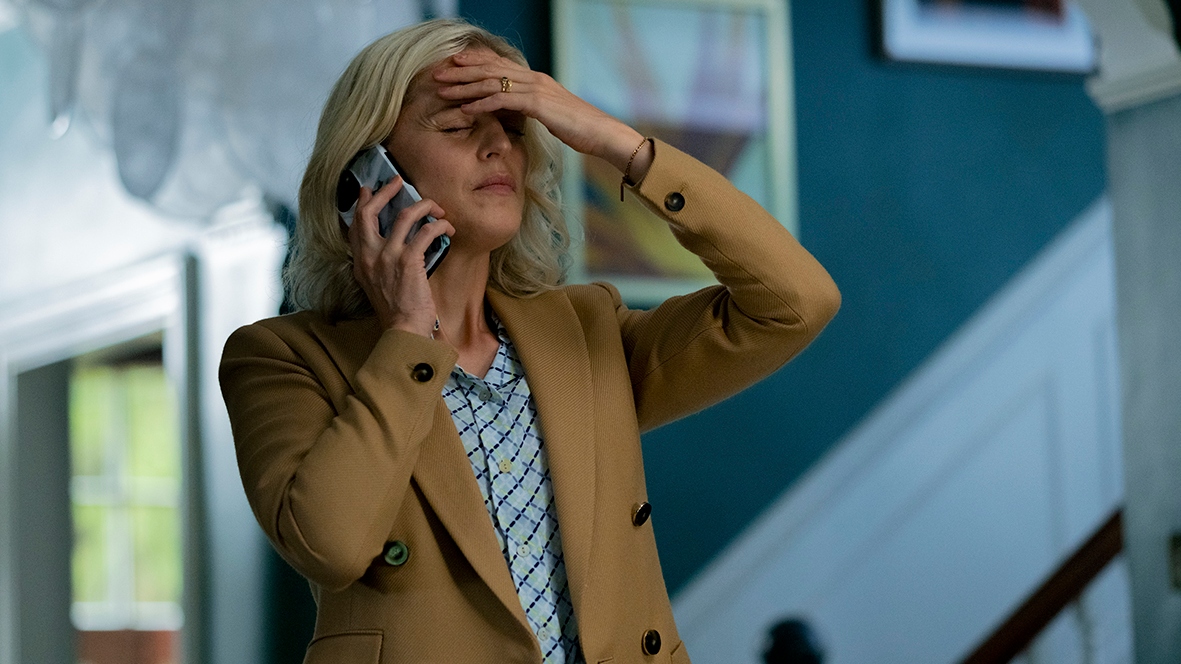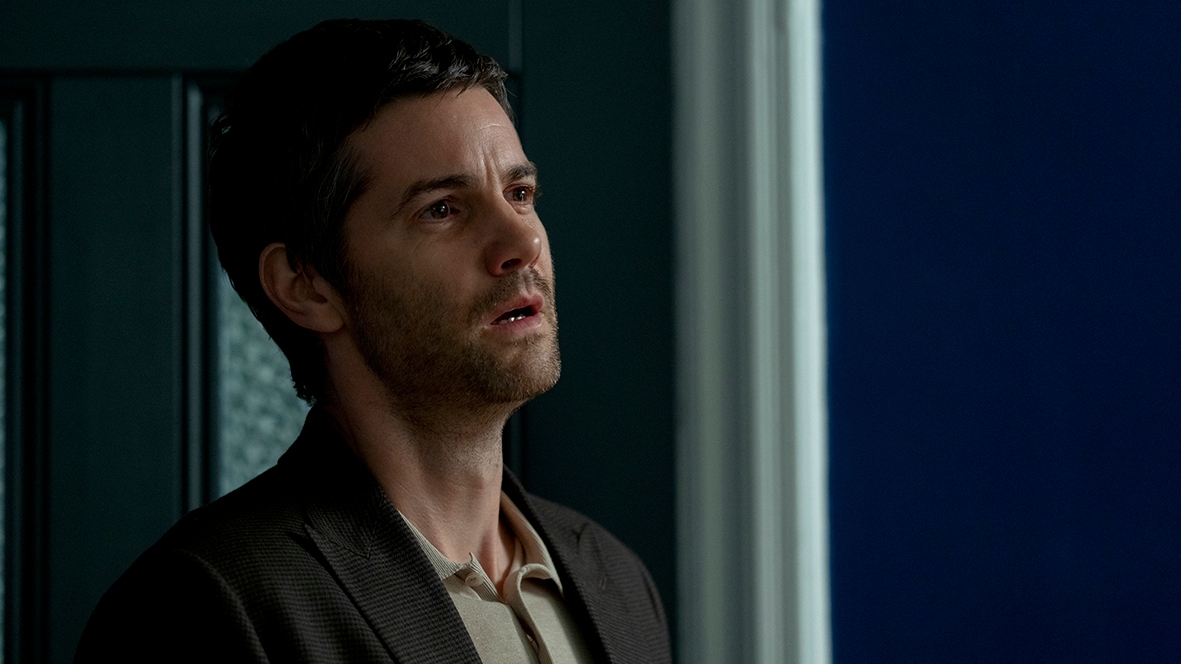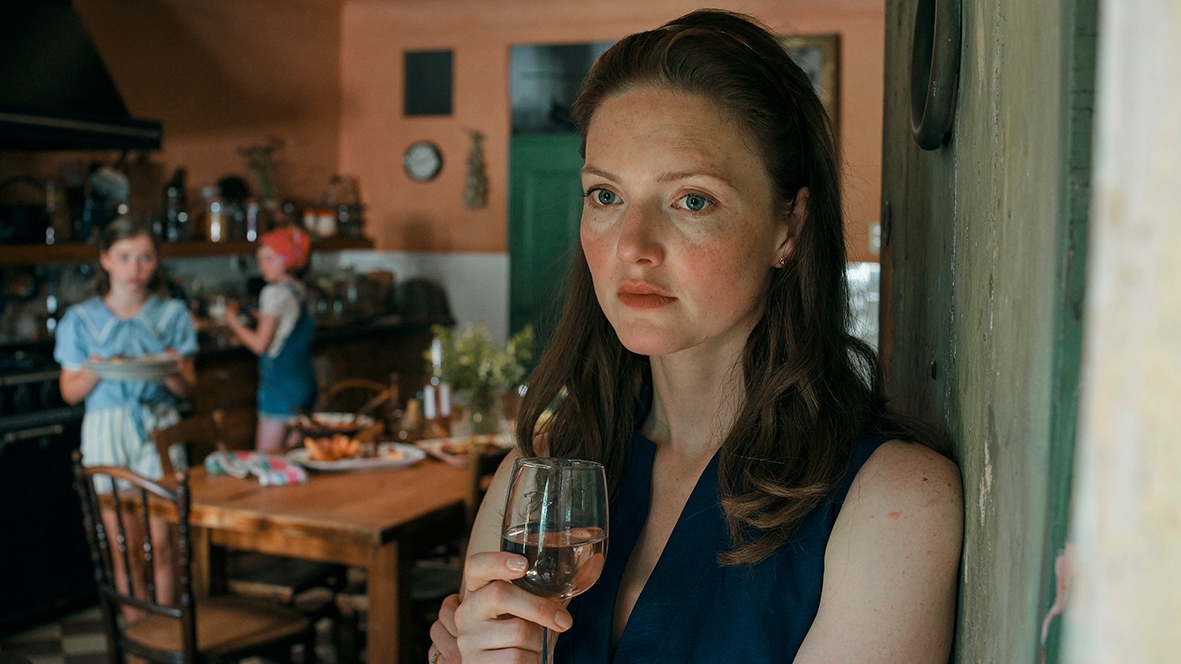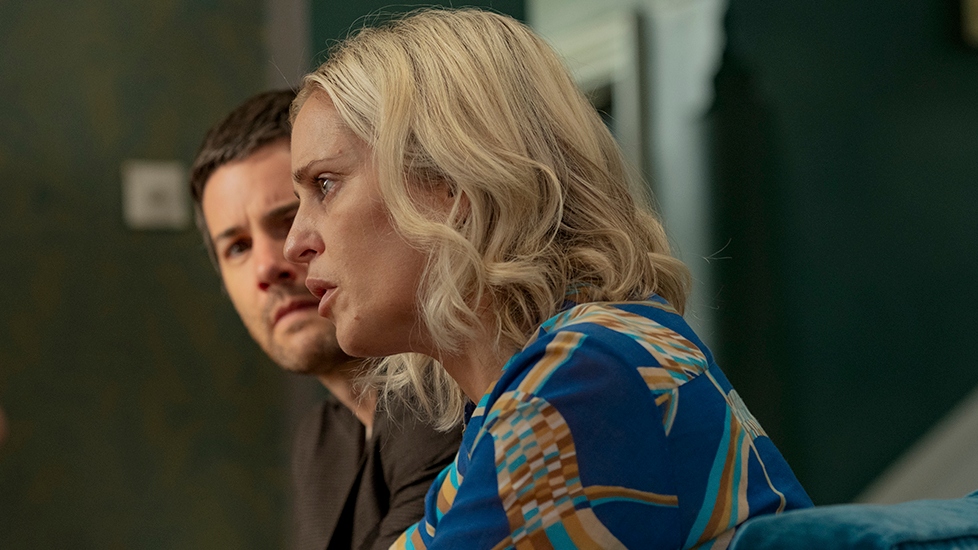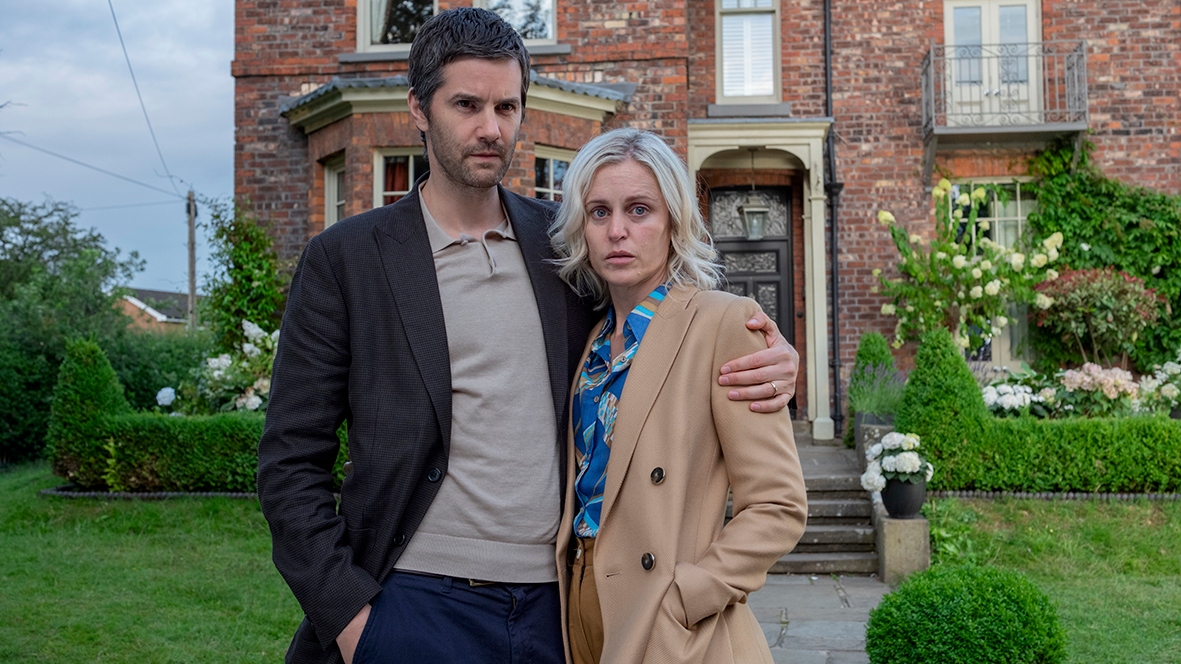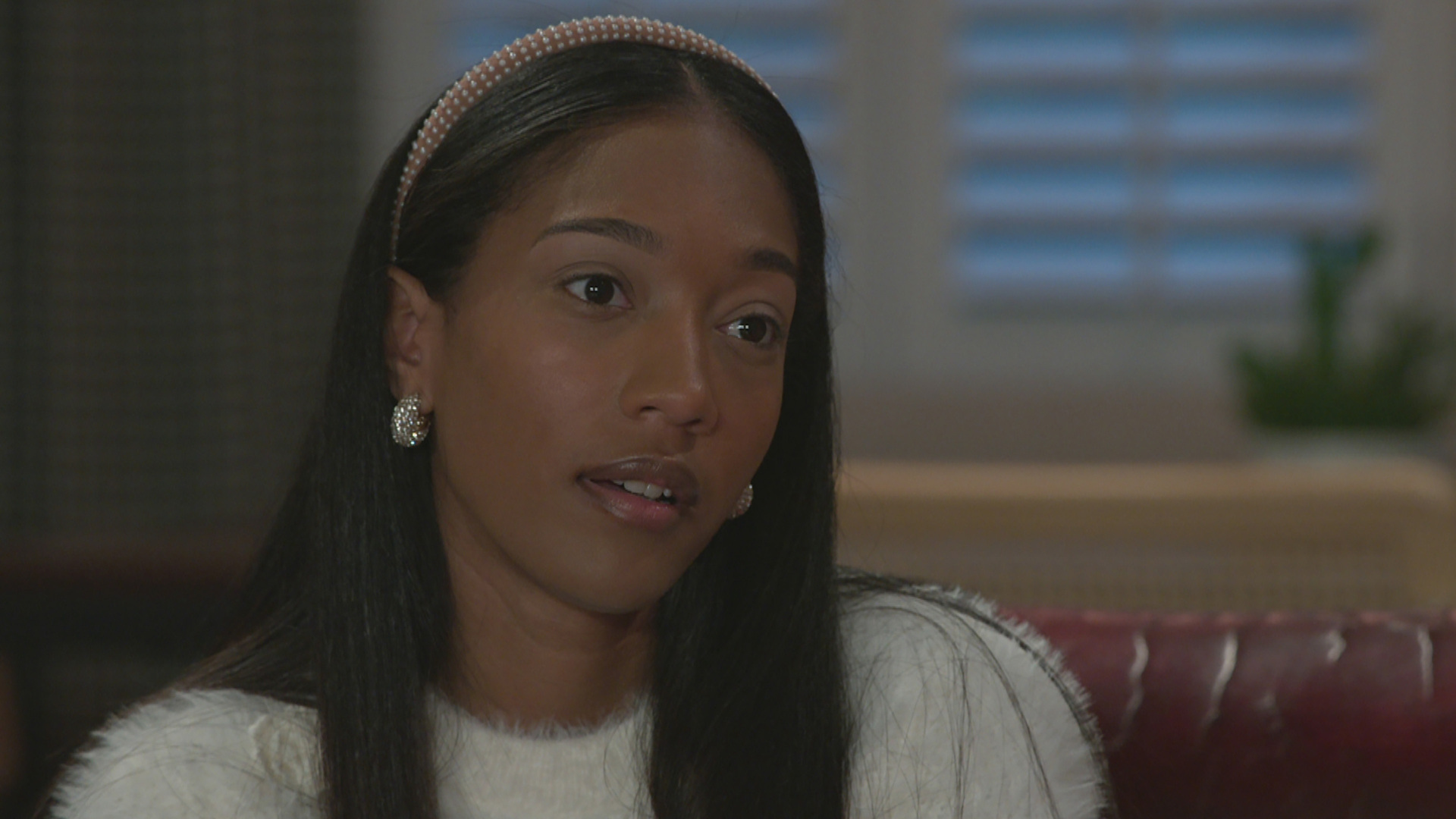How a 'Static Shock' holiday episode shone a light on unsheltered youth
The DC animated series Static Shock has one of the best holiday episodes ever.

It’s that time of year again when you have the perfect excuse to revisit some of your favorite holiday-themed episodes. Some episodes are just downright fun, while others are heartwarming, and some have an important message to go along with the holiday cheer. The animated superhero series Static Shock comes to mind because it’s holiday episode “Frozen Out” is not only well done but touches on issues that are still relevant some 18 years after airing.
The series is based on the Milestone Media/DC Comics superhero created by Dwayne McDuffie and Denys Cowan. Static Shock, also known as Virgil Hawkins, is a young Black teen living in Dakota City, a fictional city within the Dakotauniverse. Virgil gained his electricity powers after an event called the Big Bang, which exposed him and several others to a gas that subsequently mutated them. Soon after, Virgil became Static Shock, a superheroic Black teenager. In a similar spirit as the comics, the animated series tackled multiple societal issues during its run. It did so in a way that was easy enough to digest for younger viewers but not so watered down that it took away from the subject matter’s gravity. It’s no small feat to tackle such weighty subjects as unsheltered youth or mental illness in 22 minutes. Still, the Static Shock holiday episode “Frozen Out” manages to handle both exceptionally well.
Each episode followed the same formula. An antagonist would be introduced, and Static would have to find a way to overcome them. Pretty primary activity for a superhero; however, using your powers against someone else with powers isn’t always the answer. Sometimes being a true hero means recognizing that and acting accordingly. Static learns this valuable lesson, among others in this episode.
Maureen Connor, an unsheltered young girl, is the antagonist of “Frozen Out.” She is also a Bang Baby like Virgil, going by Permafrost for most of the episode because of her ability to manipulate cold weather conditions. Static and Permafrost have multiple encounters throughout the chapter. With each one, it becomes increasingly apparent she needs help that has nothing to do with his super abilities.
The two meet for the first time after Static melts a massive ice block that caused a significant power outage. Unwitting to her predicament, Static completely brushes her off after she asks him for spare change, telling Permaforst he didn’t have time. He was in a rush to get back to the Hannakuh party he left. Permafrost walks away, dejected, repeating, “No one ever has time.” Static, like so many others on any given day, is absorbed in what he has to do, where he has to be, that he doesn’t bother to make time for someone or a situation that isn’t directly affecting him. Their first encounter isn’t action-packed, but it doesn’t need to be to get the point across about how people can be so quickly dismissive of those who are unsheltered, child or not.
Shortly after their first encounter, Static is once again in the same space as Permafrost, but this time it’s at a mall. Static is close to being dismissive yet again but starts to put two and two together when he recognizes she is the same young girl he ran into right after handling the power outage. However, Static’s concern has nothing to do with her situation but more with him assuming that she must be the one causing all of the severe cold weather conditions. He’s right, of course, but what’s causing her to lose control of her powers are triggers. Permafrost eventually turns the entire mall into a mini Antarctica, but it was as a result of a store clerk telling her she didn’t belong in the store as she got too close to an expensive Christmas ornament.
Imagine being so vulnerable, exposed to the element, and all the while repeatedly told you don’t belong. This would take a toll on anyone’s mental health, especially young children like Permafrost. As she continues to have a mental health crisis, she finds herself triggered again by a mother and daughter huddled together. A flashback occurs, and for the first time, we learn how Permafrost ended up living on the street unsheltered. Her mother passed away on Christmas. This left her in the care of an abusive stepfather who wanted nothing to do with her. This flashback explains not only how Permafrost eventually ended up unsheltered, but it also sheds light on why certain things have been triggering her throughout the episodes, thus causing the mini storm outbreaks that have been catching Static’s attention. Permafrost leaves before Static can reach her in the mall, and he is again left wondering who this girl is and why she keeps lashing out.
Get the What to Watch Newsletter
The latest updates, reviews and unmissable series to watch and more!
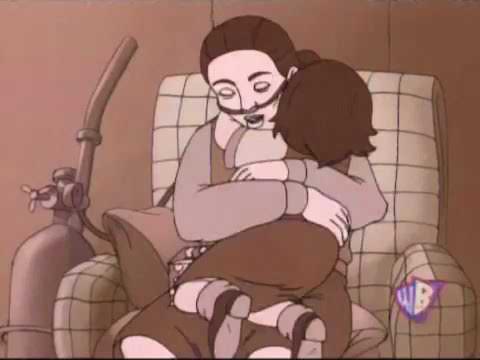
Permafrost’s mental health is explored throughout the mall sequence and treated with much respect to those who suffer from mental illnesses. The episode takes time to show that it’s not that she doesn’t have control of her powers, but more that she is dealing in trauma responses. It also brings into the conversation that there are unsheltered people who suffer from mental illnesses. Their perceived erratic behavior is not because they are trying to harm themselves or others. They need help. At one point, while Static is at his community center helping sort items for their homeless program, his father and church pastor have a conversation that gives some statistical facts and criticizes the lack of support from local offices and the government at large.
The pastor shares more information to dispel some of the preconceived thoughts Static had about unsheltered individuals. He mentions the numerous situations that could lead to homelessness, such as; escaping a bad relationship, mental health issues, and long-term unemployment are just a few named. 18 years later and all of it still remains painfully relevant. The Coronavirus pandemic has singlehandedly forced everyone to pay attention to the people and situations they usually would ignore now that many find themselves or loved facing the same crisis with little to no help from the government.
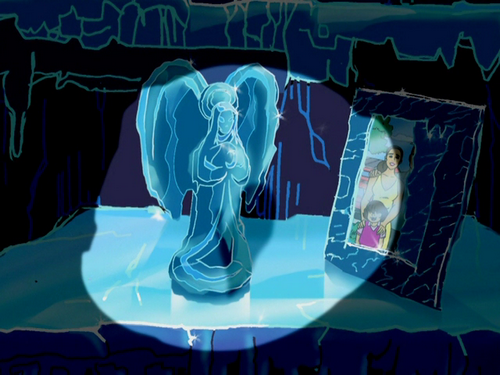
The conversation at the community center made a significant impact on Static by forcing him to reconsider how he approaches Permafrost the next time they cross paths. He takes accountability for ignoring her initially before learning she had been the cause of all the bad weather. It’s a hard pill for him to swallow because he is a superhero after all and wants to help others. He finally realizes that his powers aren’t always the answer. In their final encounter, Static breaks through to Maureen by finding common ground in their mothers' mutual loss. Maureen breaks down because finally, someone gets it. They embrace, and it’s the most powerful moment in the episode. It’s honestly the best end to a conflict between a show’s protagonist and antagonist.
The episode doesn’t end happily ever after though, it ends in a way that is way more reflective of the real world, thus keeping the same energy from start to finish. Static brings Maureen to the church for help that she decides to take. It’s never promised that Maureen will be okay from that day forward that they can only hope that she would be. It’s not pessimistic, but it’s also not some sugar-coated ending. It serves as a reminder that we all need to make sure we are interrogating what makes us empathetic toward some and not others. And more importantly, we are doing our best to be ambassadors of compassion to those who need it most.

